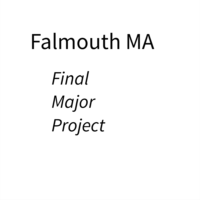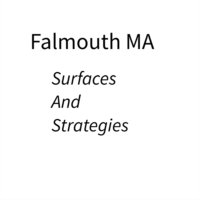The work of Snyder & Allen pre-dates the introduction of the digital photography which means some of their theories need to be re-examined and tested to see if the position of photography as peculiar in the world of art still holds true. Their position is that photography is peculiar in that the images are a trace of the observed and have a high level of authentication to the observed. The newest digital cameras sensors are capable of resolving more line pairs that 35mm film. The processing capability of those cameras could be viewed as making the process more mechanical than when the Fox Talbot was taking images for his first book “Pencil of Nature” thus reinforcing the position of an authentic art form. However those same advances have increased our ability to manipulate and bend the raw information captured on the sensor. I would therefore question if in the age of digital cameras the level of authentication we place on a photographic image could be misplaced and in fact the level authentication has diminished.
The wide adoption of image share via social media can be viewed as a further challenge to authentication of photographic image. If we see an image shared or retweeted by multiple sources does that automatically make us conclude the image has a higher level of authenticity even though we do not know the real source. During this weeks research I have reached the conclusion that compared to other forms of art the photograph has the ability to make us perceive it as being more authentic because it provides a faithful representation of the observed object. Though analogue and digital image manipulation makes it easy for the photographer, retoucher or printer to alter it’s representation without the reader knowing that it has occurred. This for me leaves the photograph in an ambiguous state where context maybe is the final arbiter of the need for authentication verses representation. Therefore for me it is important to consider context within the overall discussion.
When photography is used for scientific or identification purposes the need for authentication is of paramount importance though my view is that cannot be established solely by the fact you have a photographic image, there is a need to understand the chain of custody from capture to presentation to have true authentication. Without that understanding of the chain of custody the end image should be considered to be more a representation if a purist position is adopted. In reality depending on the exact context of consumption we have different agreed and accepted norms that allow use to view the image as authentic.
If we consume a new image from a reputable news agency we are more likely to consider the image as authentic however recent exposes have make broken some of the implied trust in the realm of photojournalism.
In advertising we seem happy to accept that images will have undergone some level of manipulation however that does not diminish our desire for the objects presented to us in our consume society.
The evolution of photography is maybe analogous to the evolution of the pencils depicted in this image.
I found the discussion on the indexical and iconic nature of photography an interesting topic of discussion as it made me question and re-evaluate the core of my own photographic practice. When I am shooting people I am aiming to create an indexical representation however I do use post-production techniques to manipulate the image where the aim is to enhanced not fix errors in the capture process. The level of manipulation I apply is governed by my inherent desire to retain an indexical link between the sitter and the final portrait.
When I am working on more abstract projects I am happy for final representation to be more iconic in that the source object can be discerned but is no longer indexical.
When reflect on my own practice I acknowledge that my image making spans multiple contexts which can induce confusion in my audience because my portrait and landscape images have a high-level require a high-level of authentication yet my desire for exploration sees me create imagery where authentication has a reduced level of importance. This more accurately reflects my own personality where I like to have structure while being comfortable to live with a high level of fluidity or ambiguity.




